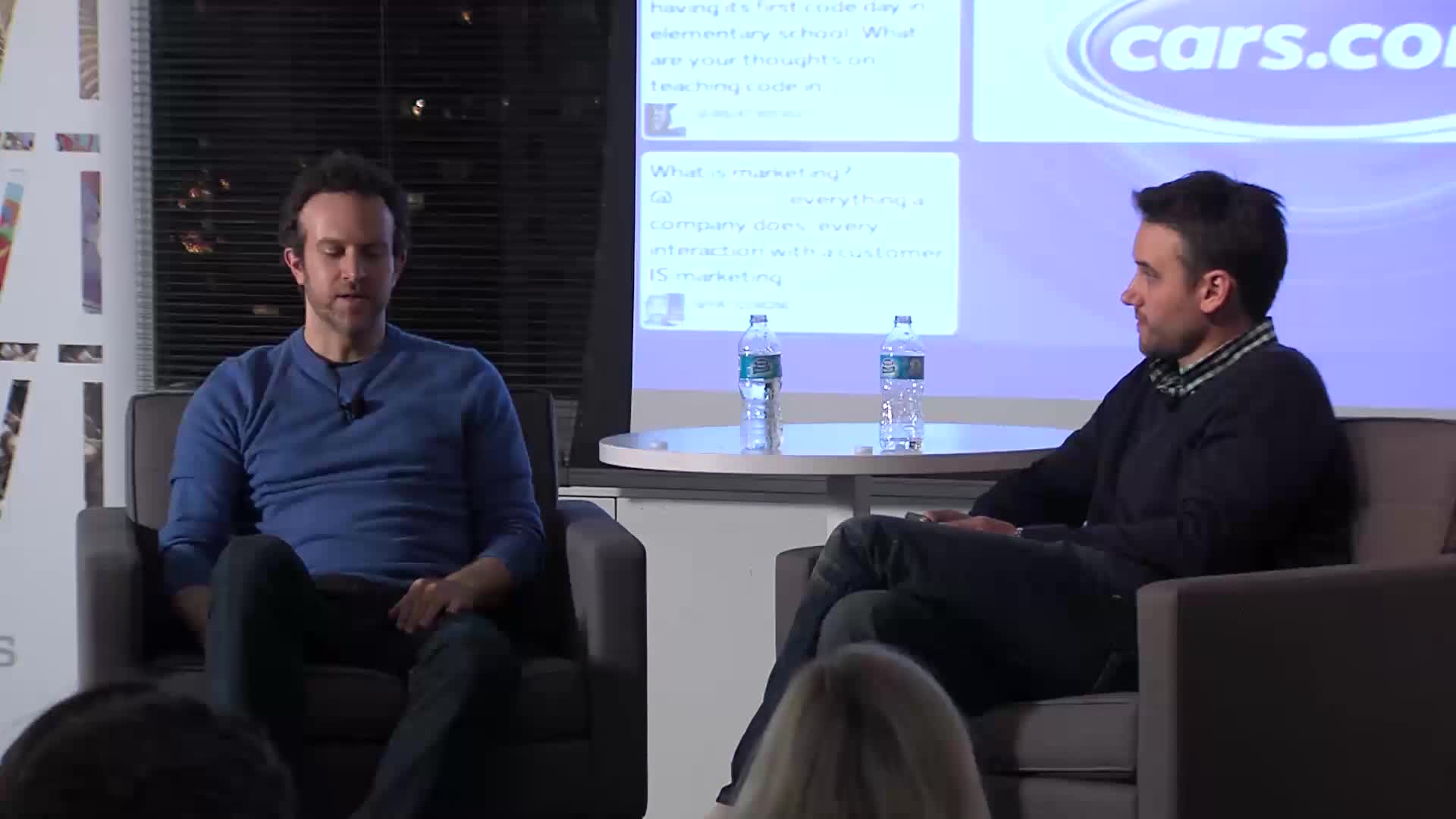Sales and Marketing
What are the two main pathways for handling price objections in sales?
The first pathway involves sidestepping minor objections by saying 'let's circle back to that in a minute' and continuing the sales process. This works when the buyer's hesitation is minor and they'll likely forget it as they learn more about your product's value. The second pathway is for substantial objections like budget constraints, which require tackling head-on by diving deeper into the conversation. This approach involves asking questions to understand their concerns, demonstrating ROI, and balancing cost versus benefits. Both strategies help transform initial rejections into opportunities by focusing on value rather than defending price.
Watch clip answer (00:02m)What are effective negotiation strategies for closing deals in the janitorial industry?
Effective negotiation strategies include offering multiple pricing options instead of a single price, which allows flexibility when clients want lower costs. Rather than simply reducing prices, successful negotiators augment the agreement by removing certain services, changing contract length, or requesting referrals in exchange for discounts. Creating urgency within sales staff by implementing weekly commission payouts instead of monthly ones has proven effective, reducing closing times from 26 days to 9 days. This encourages sales representatives to actively pursue closing deals within each week's timeframe rather than postponing follow-ups. These strategies help build client trust while maintaining profitability in commercial cleaning sales.
Watch clip answer (05:27m)How do you figure out that first price for a product?
Determining an initial price often depends on the product itself, but emotional factors play a significant role in pricing strategy. Jason Fried explains that his company simply asks, "What's fair?" rather than conducting extensive research. There are pricing theories and "magic numbers" in marketing, but brands like Walmart use specific pricing patterns (like ending prices with .98 instead of .99) to signal value commitments to customers. The most important thing is putting some price on your product, even if it's too low initially. You can always raise prices later while grandfathering in early customers. Pricing decisions reflect your brand positioning and communicate value to customers - whether it's Amazon Prime choosing $79 instead of $99 because it "felt right," or Walmart's precise pricing to signal they're working hard to save customers money.
Watch clip answer (01:35m)

